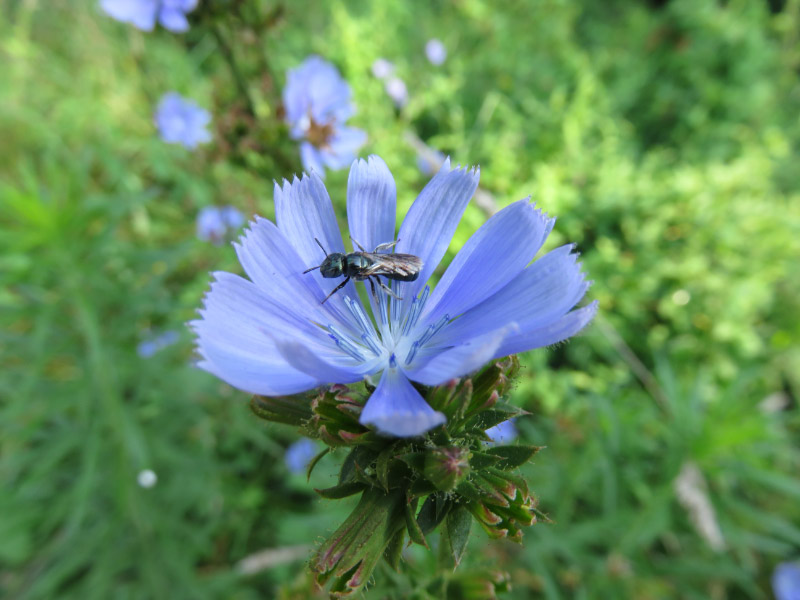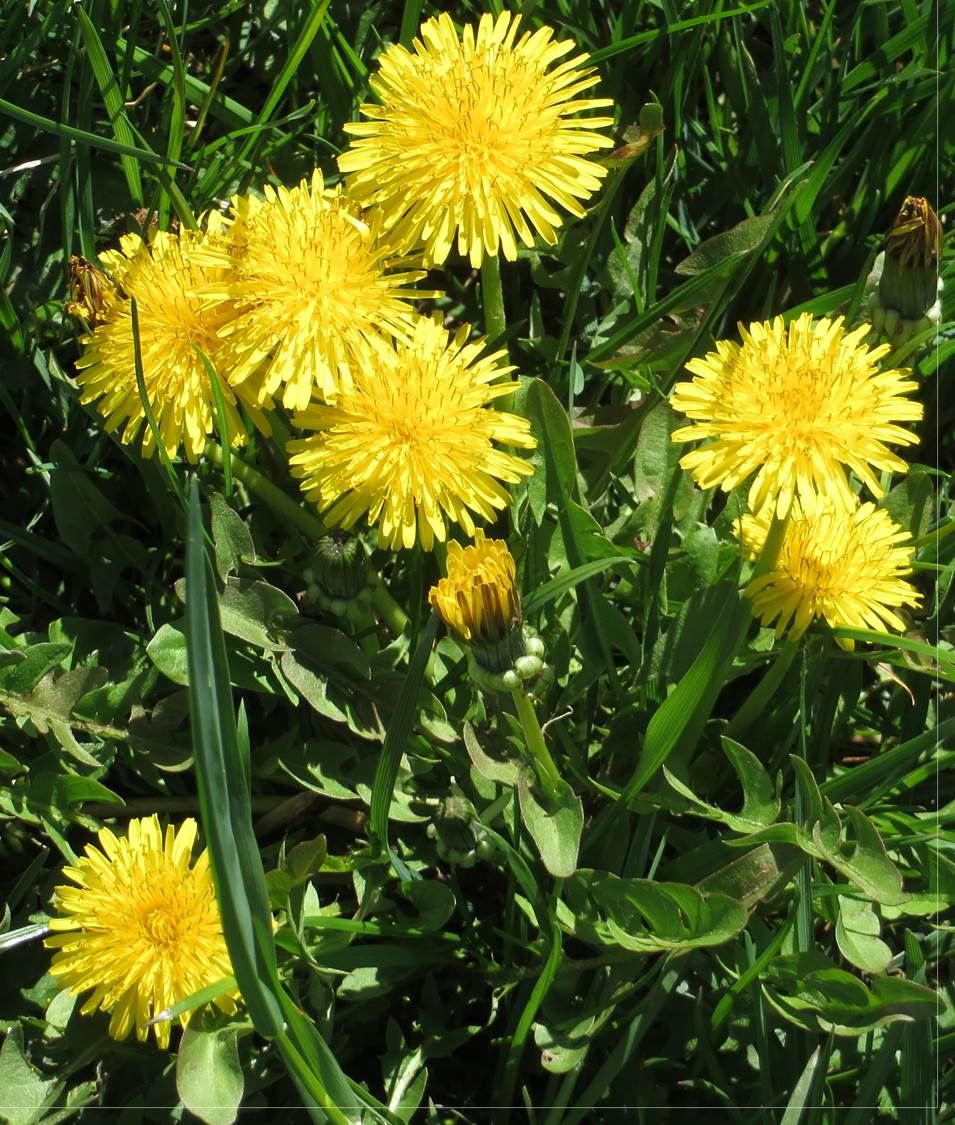Gleanings of the Week Ending September 03, 2016
/The items below were ‘the cream’ of the articles and websites I found this past week. Click on the light green text to look at the article.
Edible food packaging made from milk proteins – I’m not sure how this works to reduce packaging since to be edible it would have to stay clean (i.e. another layer of packaging?). Still – it would be great to reduce the amount of hard-to-recycle plastic packaging.
Zika Infects Adult Neural Progenitors Too and How Zika infects Mother and Baby – Two articles from The Scientist. Zika is a hot research topic right now…and a public health concern.
Research priorities for the field of atmospheric chemistry – The development of a predictive capability to provide foresight into the consequences of rapid changes in the Earth system is need to help in preparation and decision making. Right now the field is focused on observing, learning and discovering for fundamental understanding…so there is data to support attempt to develop a predictive capability.
New Virus Breaks the Rules of Infection – The Guaico Culex virus that infects mosquitoes has 5 genes and each gene is individually packaged. A mosquito cell has to have 4 of the 5 packages to be infected. The 5th package may cause the infection to be potent. Once again – a case that shows how little we really understand about life on Earth.
How Aluminum Changed the World – A little history for the week.
 Wildflower Wednesday: Chicory – Like the author of this post – I like chicory. The blue color redeems it from being considered a weed for me!
Wildflower Wednesday: Chicory – Like the author of this post – I like chicory. The blue color redeems it from being considered a weed for me!
Invasive Species Spotlight: Canada Thistle – Evidently it was introduced accidently to North America in the 1600s!
Photos of Frozen Flowers Capture the Paradoxical Beauty of Preservation and Destruction – Eye candy for the week….maybe an idea for some photographic experiments for this winter.
Hope for reversing stroke-induced long-term disability – What a boon it would be for an aging population where having a stroke often reduce the quality of life.
Actin Architecture (image) – Filaments in a cancer cell imaged via confocal microscopy.

























